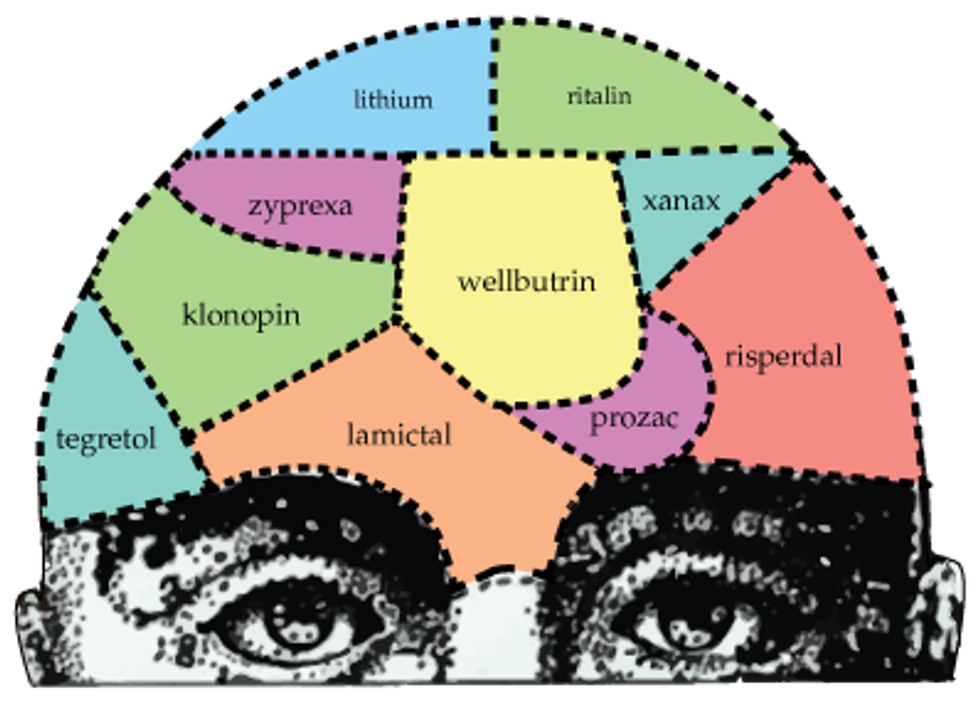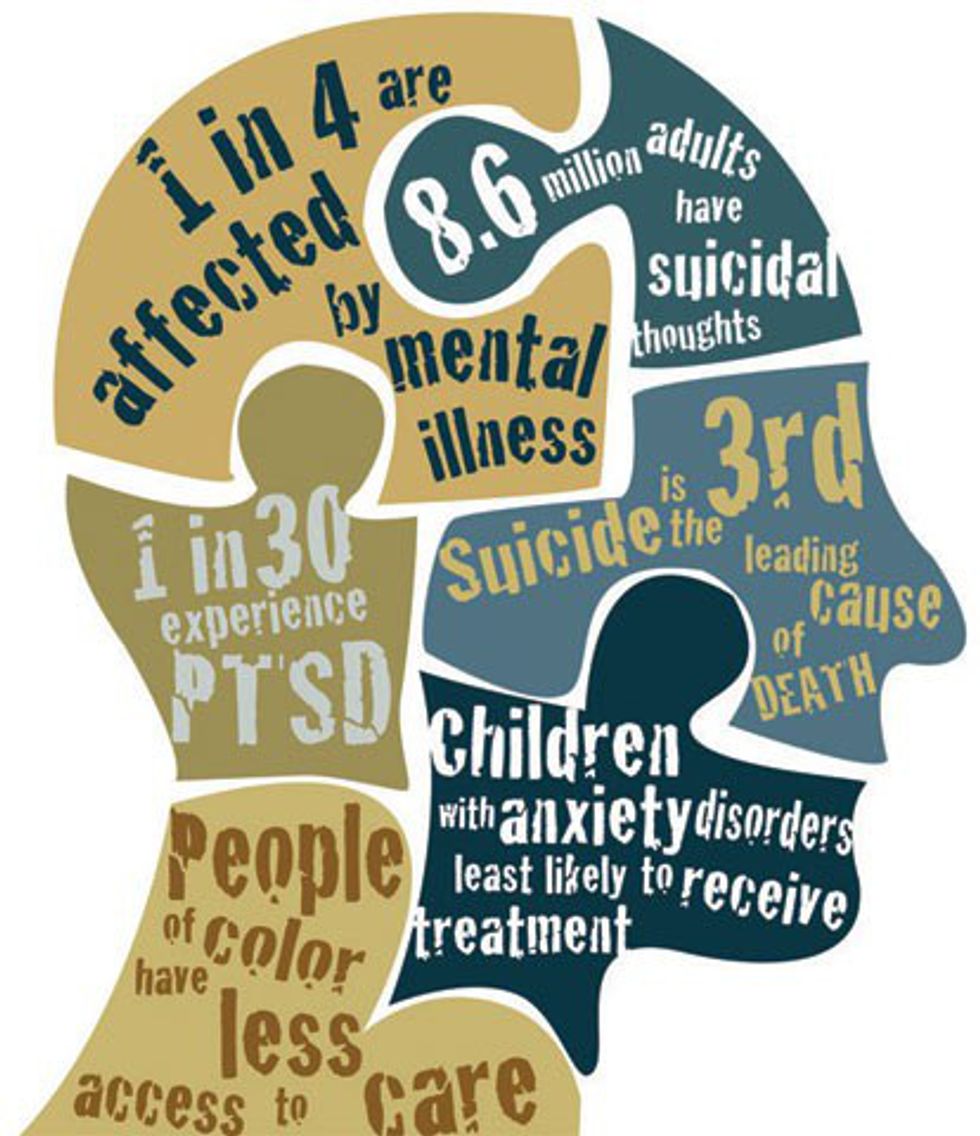Approximately one in four young adults ages 18-24 have a diagnosable mental illness, and more than 25 percent of college students have received professional psychiatric treatment in the past year. With such high statistics, I think it's safe to say that there's somewhat of an epidemic going on.
Some people argue that we are over-diagnosing mental illnesses, particularly ADHD. However, it's been shown that high schoolers today have equivalent stress levels to mental patients in the early 1950s, and college freshmen have record high levels of stress. We're under a lot of pressure between the rising cost of tuition, an inauspicious job market and the student debt that looms over so many of us. In fact, 71 percent of students graduating from four-year colleges had loan debt in 2012, and the average debt for graduating seniors that same year was $29,400. It's no wonder students have record rates of diagnosed anxiety disorders.
So how do we cope? How can we get through college without imploding? And can we graduate with grades we feel good about? There are some resources available through universities. Schools know students struggle, and many have counseling centers on campus for reduced or no cost (and thank God because one hour of therapy can cost anywhere from $90 to $250 or maybe even more). Unfortunately, these centers typically are not intended for long-term treatment, but they can be incredibly helpful for crisis management and during particularly rough patches. Universities also have disability offices that can provide accommodations and facilitate the communication between students and their professors. Also worth considering is the fact that many schools have groups on campus like Active Minds, which boasts 442 chapters nationwide, or NAMI, the National Alliance on Mental Illness, which exists on more than 130 campuses around the U.S. and Puerto Rico.
Between our advisors, counselors, disability accommodations, student organizations and friends, we're well prepared to have solid support systems at school. Still, so many students can't make it through. We often have to take medical leave, and some schools make it incredibly difficult for us to return. Sixty-four percent of mentally ill college students drop out, sometimes due to fear of seeking treatment. The stigma in our culture that surrounds mental illness is so pervasive that many students die rather than admitting they're unwell. Suicide is the second leading cause of death among college students.
We need to keep dialogues about mental illness open, public and positive instead of only calling attention to it in the wake of mass-scale gun violence. We need to advocates for ourselves and our peers because mental illness isn't going away.
























